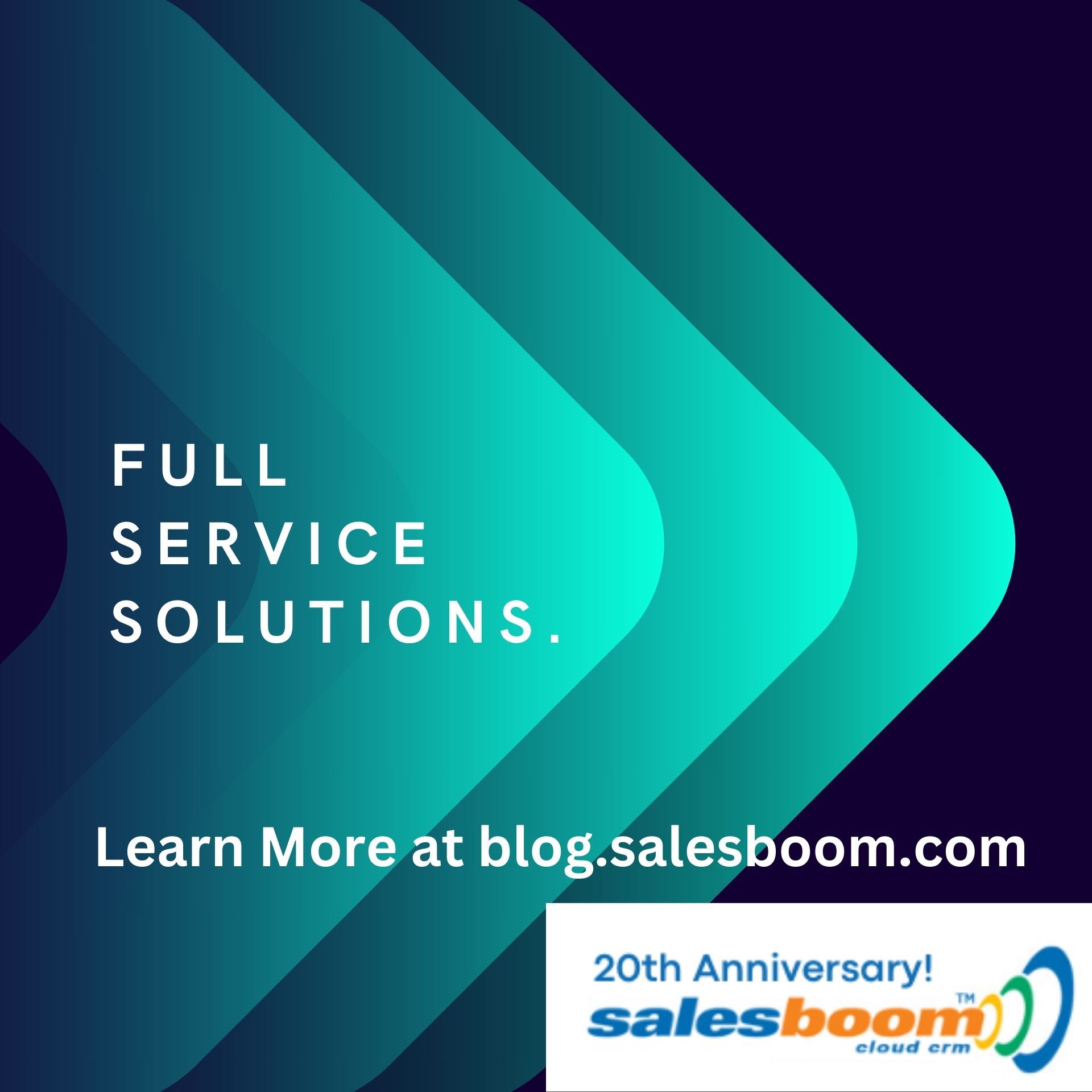Event-Based Marketing Triggering: Leveraging Vector Databases for Responsive Customer Engagement
Content:
- Introduction
- Triggering Promotions Based on Purchase Behavior
- Reacting to Abandoned Shopping Carts
- Personalized Recommendations Post-Interaction
- Location-Based Triggering
- Responding to Customer Lifecycle Changes
Event-based marketing triggering, utilizing real-time data to initiate specific marketing actions, represents a cutting-edge approach in modern marketing strategies.
Vector Databases play a crucial role in this paradigm, enabling businesses to respond immediately to changes in customer behavior Vectors.

This responsiveness ensures that marketing efforts are not only relevant but also timely, significantly enhancing the effectiveness of customer engagement.
-
Triggering Promotions Based on Purchase Behavior
Scenario
A customer who frequently purchases a particular category of products might be interested in related items or special offers but remains unaware of them due to static marketing tactics.
Application
By monitoring purchase behavior Vectors, businesses can trigger targeted promotions or discounts for related products immediately after a relevant purchase is made.
This approach not only capitalizes on the customer's demonstrated interest but also enhances the likelihood of cross-selling, improving overall sales.
-
Reacting to Abandoned Shopping Carts
Scenario
Potential sales are often lost when customers add items to their online shopping cart but leave the website without completing the purchase.
Application
Using Vector Databases to detect changes in shopping cart status, businesses can instantly trigger reminder emails or offer special discounts to incentivize customers to complete their purchases.
This timely intervention can effectively reduce cart abandonment rates.
-
Personalized Recommendations Post-Interaction
Scenario
After engaging with certain products or content on a website, customers might lose interest if they do not find anything else appealing.
Application
Analyzing engagement and interaction Vectors, companies can immediately suggest personalized product recommendations or content.
This method, often used by streaming services after a viewer finishes a series or movie, keeps the customer engaged and increases the chances of further interaction or sale.
-
Location-Based Triggering
Scenario
Businesses often miss out on the opportunity to target customers who are in proximity to their stores or have entered a specific geographical location.
Application
Vector Databases can be used to analyze location Vectors in real-time, enabling businesses to send targeted offers or information to customers' mobile devices when they enter a specific area.
This geotargeting is highly effective for driving foot traffic and timely promotions.
-
Responding to Customer Lifecycle Changes
Scenario
Customers' needs and interests evolve over time, but businesses often fail to adapt their marketing accordingly, leading to reduced engagement.
Application
By continuously analyzing lifecycle stage vectors, companies can trigger different marketing actions, such as loyalty program offers for long-term customers or re-engagement campaigns for those showing signs of reduced activity.
This tailored approach recognizes and responds to the evolving nature of customer relationships.

Event-based marketing triggering, powered by Vector Databases, represents a paradigm shift in customer engagement, moving from a static to a dynamic, responsive model.
This method allows businesses to be more agile and customer-centric, delivering relevant marketing messages at the most opportune moments based on real-time behavioral changes.
As a result, companies can achieve higher engagement rates, foster better customer relationships, and ultimately drive growth by staying in lockstep with their customers' evolving needs and behaviors.
In an era where timing and personalization are key, harnessing the power of Vector Databases for event-based marketing triggering can provide businesses with a significant competitive edge.